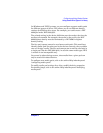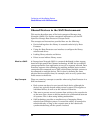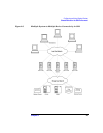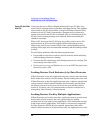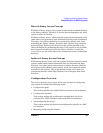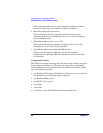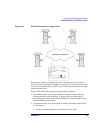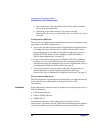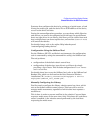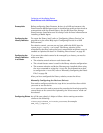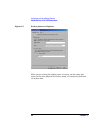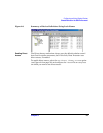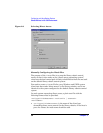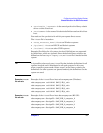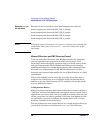
Configuring and Using Backup Devices
Shared Devices in the SAN Environment
Chapter 2 51
Protector then configures the device by setting up a logical name, a Lock
Name, the media type, and the device file or SCSI address of the device,
as well as the drive and slots.
During the autoconfiguration procedure, you can choose which libraries
and devices you want to be configured on which hosts. In case different
hosts use tape drives in one library, this library will be visible from each
host, multiple hosts can share tape devices, and one host (Control Host)
will control the robotics.
For detailed steps, refer to the online Help index keyword
“autoconfiguring backup devices”.
Configuration Using the SANconf Tool
For the Windows, HP-UX, and Solaris environments, the configuration
task is automated by using the command-line utility, the SANconf tool.
The tool performs:
• configuration of the default robotic control host
• configuration of the devices (tape drives) on all hosts by simply
providing a list of hosts. This includes configuration of Lock Names
and libtab files.
For details about how to use the SANconf tool, refer to the SANconf tool
Readme File, which can be found on the Data Protector Windows
installation CD (\Product_Information\Whitepapers & Service
Deployment\SANconf_tool_readme.pdf).
Manually Configuring the Library
You first need to configure the library robotics control on a host, which
acts as the default robotics control system. This host will be used to
manage media movements, regardless of which other host requests a
media move.
This is done in order to prevent conflicts in the robotics if several hosts
request a media move at the same time. Only if the hosts fail, and direct
access is enabled, is the robotics control performed by the local host
requesting the media move.



